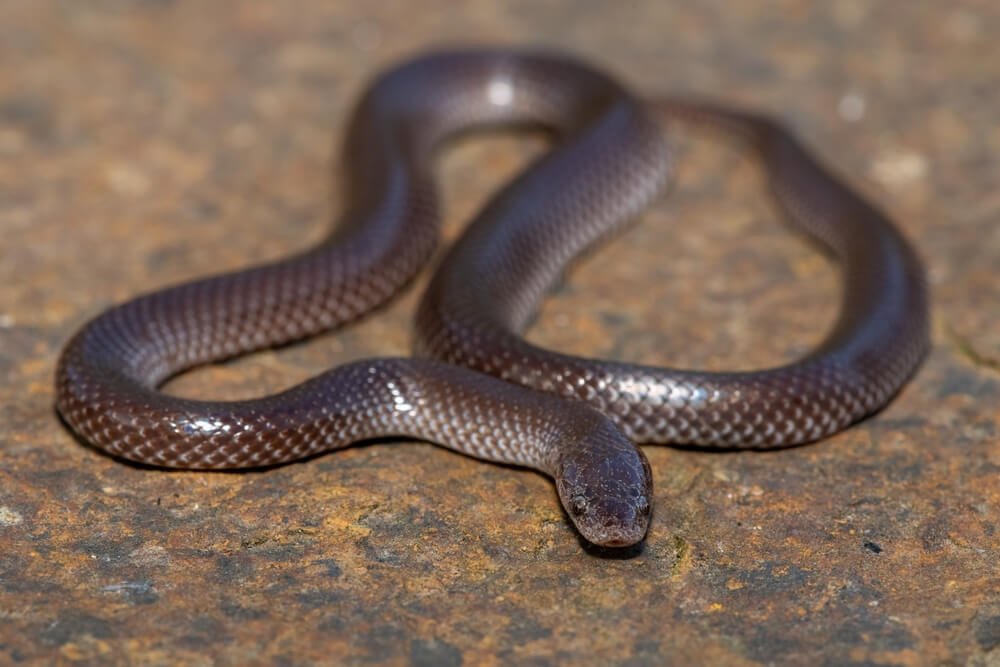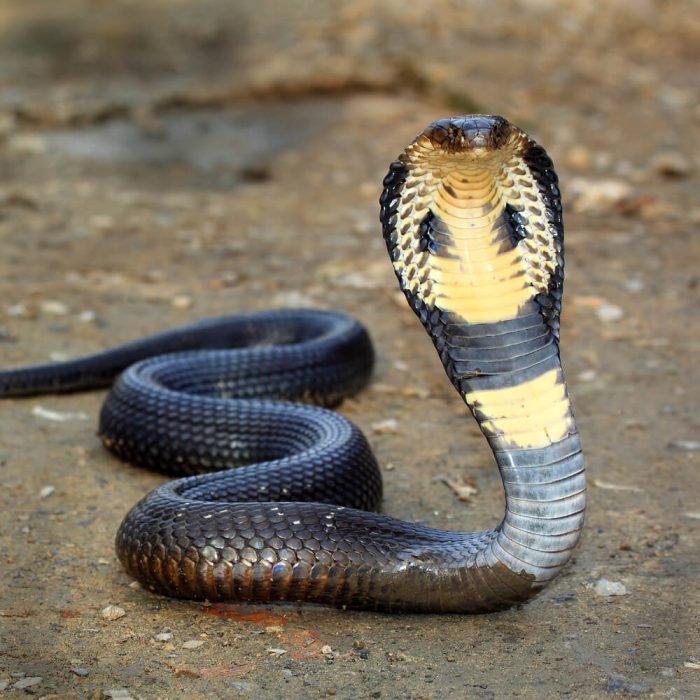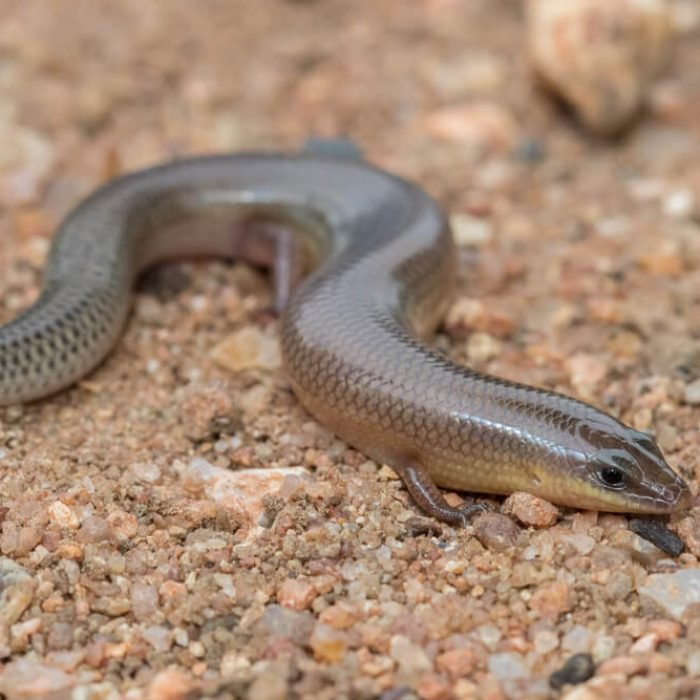Cape Wolf Snake
- Lycophidion capense
- IUCN Status: Least Concern
- Threat: harmless
- Venom/Toxin: none
- Trend: unconfirmed

General Information
The Cape wolf snake (Lycophidion capense) is a species of oviparous, nonvenomous snake which occurs over a wide area of Southern, Central, and East Africa.
Description
Adults regularly reach 40 cm in length, but some grow to 64 cm. It has a flattened, tapering head and marbled eye. The brown or black lateral and dorsal scales are tipped white, while the ventral scales are all-white. Long recurved fangs are present on the upper as well as lower jaws, for which they are named.
Fun Facts
The Cape wolf snake, though docile and harmless, it may be confused with the very venomous stiletto snake.
Ecology & Behaviour
This species is typically associated with moist and dry acacia savanna (generally with annual rainfall above 25 cm), but is also found in high moist grasslands (Spawls et al. 2018). It is usually absent from areas with less than 250 mm annual rainfall (Spawls et al. 2018). It is nocturnal and terrestrial (Spawls et al. 2002) and prefers well-vegetated situations (Branch 1998). It is often found under rocks or logs and in old termitaria (Jacobsen 1989).
Diet
They feed mostly on geckos and skinks which they bite and kill by constriction.
Reproduction
The female lays 3–9 eggs in early summer; they may hatch in only 51 days.
Distribtion & Habitat
They are widely distributed but prefer damp locations, with lowland forest and fynbos being preferred habitats.
References
Share:
- Phylum: Chordata
- Class: Reptilia
- Order: Squamata
- Suborder: Serpentes
- Family: Lamprophiidae
- Genus: Lycophidion
- Length: up to 64 cm
- Lifespan: 15 to 20 yrs



